Medical Marijuana
Basics of Medical Cannabis
Therapeutic Uses of Cannabis
History of Medical Cannabis
SweetOil Cannabis Social Club provides its members a collection of scientific studies, articles and personal testimonials in order to give a better overview of the potential therapeutic use of medical marijuana through all its different components.
The following information is presented only for educational purpose!
By now, you’ve likely become accustomed to hear about medical marijuana, or cannabis, seemingly everywhere, and it’s widely known as and called the miracle drug. With a great amount of incorrect information out there, regarding this subject, it’s extremely difficult to get up to speed on the truth behind medical marijuana.
In order to make it easier for you to personally evaluate if medical cannabis is right for you, continue reading our articles for the fundamentals of medical cannabis.
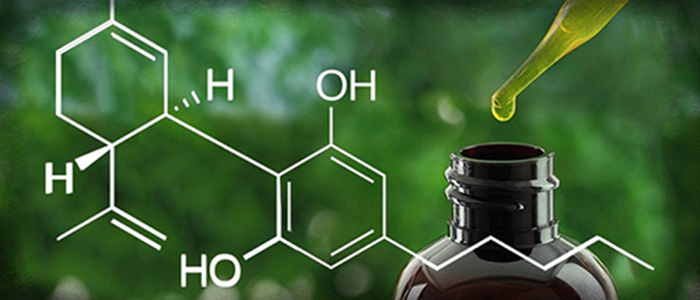
Briefly
The healing powers of marijuana have been discussed since the beginning of time.
Nowadays, thanks to internet and information networks, many patients in different areas of the world have access to medical marijuana to treat several different conditions:
Chronic Pain
Anxiety and Stress
Fundamentals of Medical Cannabis
Cannabis has been at the center of one of the most exciting and underreported developments in modern science. Marijuana plants have been used since antiquity for both herbal medication and intoxication. The current debate over the medical use of marijuana is essentially a debate over the value of its medicinal properties relative to the risk posed by its use.
Marijuana use as an herbal remedy before the 20th century is well documented. However, modern medicine adheres to different standards from those used in the past.
The question is not whether marijuana can be used as an herbal remedy but rather how well this remedy meets today’s standards of efficacy and safety.
Thanks to the research on marijuana effects, there has been a discovery of, until now, unknown biochemical communication system within the human body, the Endocannabinoid System, which plays a crucial role in regulating our physiology and mood.
Looking for Medical Cannabis in Barcelona?
The Endocannabinoid System
Research on marijuana effects brought the discovery of the Endocannabinoid System, which plays a crucial role in regulating our physiology, mood, and state of mind. It’s a neurotransmission system found in different zones and tissues of our body that helps regulate various metabolic processes.
Cannabinoid receptors (CB) along with endocannabinoids constitute the endocannabinoid system and these are essential for the body to function normally.
The two major cannabinoid receptors are CB1 and CB2. These are not the only cannabinoid receptors, but they were the first discovered and remain the most studied.
CB1 Receptor
CB1 receptors are one of the most abundant receptor types in the brain. These receptors are the ones that interact with THC and lead to the “known high”.
CB2 Receptor
CB2 receptors are more abundant outside of the nervous system, in places like the immune system. However, both receptors can be found throughout the body.
Cannabinoids of Medical Cannabis
Endocannabinoids
Endocannabinoids are molecules produced by our bodies, acting as messengers through cannabinoid receptors. The human body produces naturally within its cells these compounds. The two main endocannabinoids are anandamide and 2-AG.
Anandamide is an endocannabinoid that belongs within the class of fatty acid amides and is produced naturally by our body. Anandamide interacts with CB1 receptors in the nervous system and CB2 receptors in the peripheral nervous system. It usually improves mood when it reaches the neurotransmitters. Similarities can be observed in the structure of anandamide compared to that of THC, as this cannabinoid (THC) in the same way activates the CB1 receptor.
During the past decade, several studies have well established the role of 2-AG in mediating endocannabinoid synaptic signalling. Indeed, at excitatory synapses, all key components of 2-AG-mediated are ideally localized to facilitate retrograde control of neurotransmitter release.
Phytocannabinoids
The plant Cannabis contains about 500 different types of chemical compounds, of which about 5% make part of the phytocannabinoids family. The cannabinoids that have been studied until now are mostly for a therapeutic end, and they are: delta-9-tetrahydrocannabinol (THC) and Cannabidiol (CBD). Researchers have also started to widen their studies onto cannabinoids such as Cannabinol (CBN), Tetrahydrocannabivarin (THCV) and Cannabigerol (CBG), as they show potential medical characteristics for different pre-clinical studies.
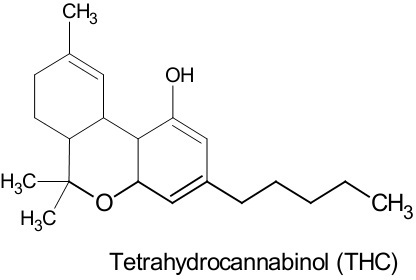
THC
Tetrahydrocannabinol or THC as it is more commonly known as one of the main psychoactive elements in cannabis. For the first time in 1964, Dr. Raphael Mechoulam isolated THC and since then he has investigated its therapeutic potentials. Currently, there are more than 8000 articles on international medical research portals that analyse the therapeutic uses of tetrahydrocannabinol.
THC is mostly a psychoactive element and is considered an illegal substance in many countries. The legal dosage of THC in cannabinoid-based products, that are sold commercially, is <0.2.
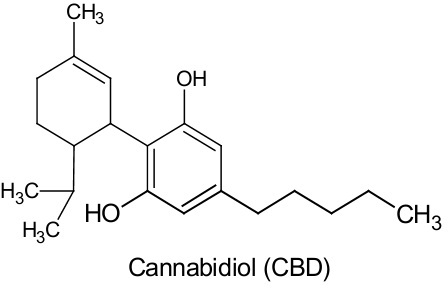
CBD
For the first time around 1930 and 1940, researchers isolated CBD from the cannabis plant, . Though, only until the 1960s, Professor Rafael Mechoulam was able to describe the structure and chemical composition of the molecule. From this date, only until 2013, PubMed, a medical research database, has recorded more than 1,500 studies focusing on cannabidiol. Due to this, many scientists consider CBD as one of the most important cannabinoids that have ever been discovered.
Although all the benefits of cannabidiol are not fully known, there are many studies showing its benefits from a clinical point of view.
Looking for Medical Marijuana in Barcelona?
There are requirements to satisfy in order to join a cannabis club in Barcelona, where you can find medical marijuana. Go to check how to be a member of Sweet Oil cannabis club.
History of Medical Marijuana Worldwide
Nowadays, thanks to internet and information networks, many patients in different areas of the world have access to medical marijuana to treat several different conditions.

Ancient Civilizations
The principal archaeological findings that have been found are of hemp clothing, wove hemp, and hemp pottery; there have also been findings of a therapeutic use of medical marijuana where the leaves and flowers were used for intoxication and medicine; and the seeds for food and oil.
Thanks to the ancient Egyptians scrolls, recorded as far back as 2,000 B.C, there is proof that this plant was not only used for material purposes but also as a medical plant.
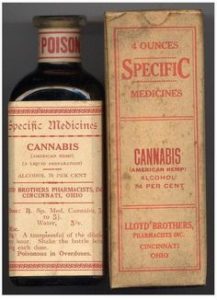
The rediscovery of Marijuana
We have to wait until the 18th century for a first modern description of the therapeutic properties of Cannabis, that are provided by the Irish doctor W. S. O’Shaughnessy. After graduating in Dublin in 1831, he moved to India in order to improve his studies. Here he notices benefits through the administration of therapeutic Cannabis, in a form and quantity that is different in Europe, with stronger and more satisfying medical properties. O’Shaughnessy’s notes, on the uses of cannabis, are rich of historic details of known Sanskrit, Arabic, and Persians writers. He particularly dedicates his observations on the tetanus illness. Cannabis did not cure tetanus, but was used as a medical adjuvant in order to relieve painful symptoms.
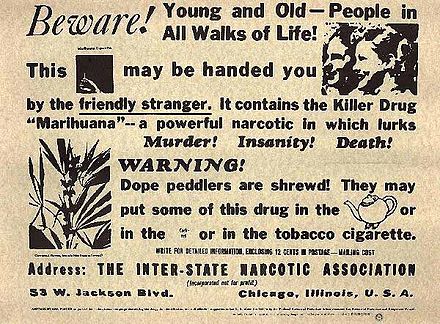
Modern Prohibition
Throughout all these years of history, it’s exactly in the beginning of the 20th century in which hemp encounters it’s darkest age. From this era onward, a series of circumstances in history, due to distinct points of views in politics, caused a change of perception towards weed.
It’s exactly in American that on June 14th 1937, beyond any scientific or medical reason, and with a strong opposition from the American Medical Association, that President Roosevelt signed the “Marijuana Tax Act”, which prevents the cultivation of any type of hemp, including for any medial purpose. The law didn’t in any way directly prohibit the consumption, commerce or the cultivation of the plant, but it simply made any business commerce impossible due to the high tax imposed on the plant and on it’s chemical components.
Want to be a member of our club?
Check the requirements to meet in order to join Sweet Oil cannabis club in Barcelona.
